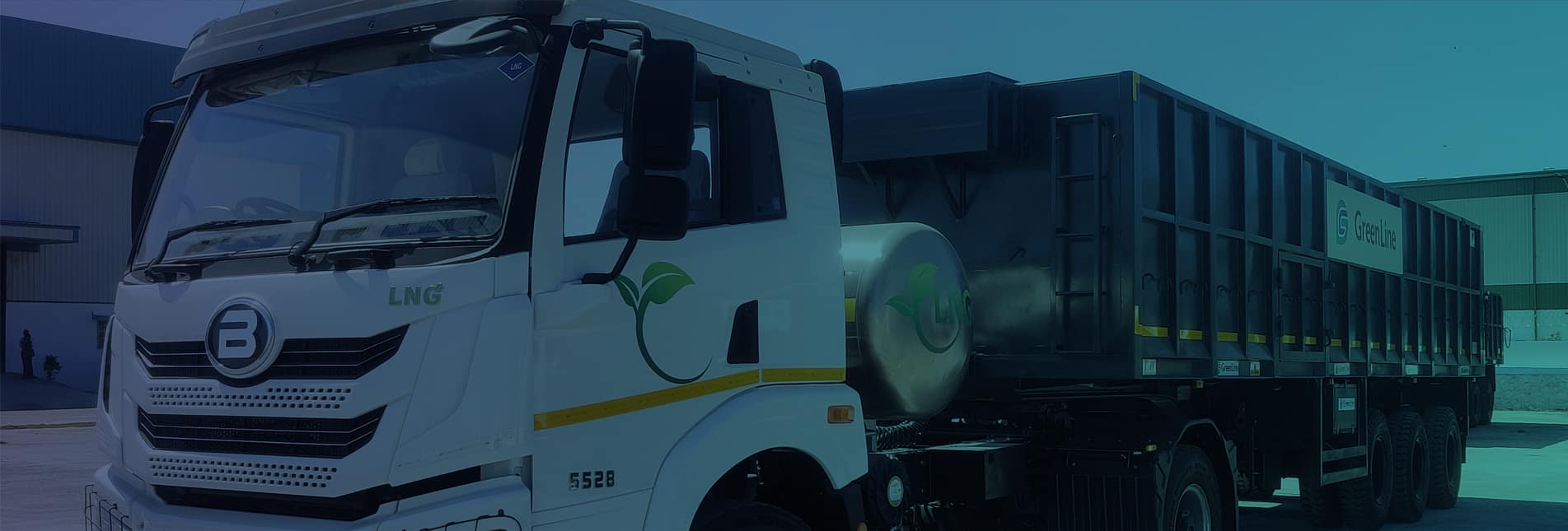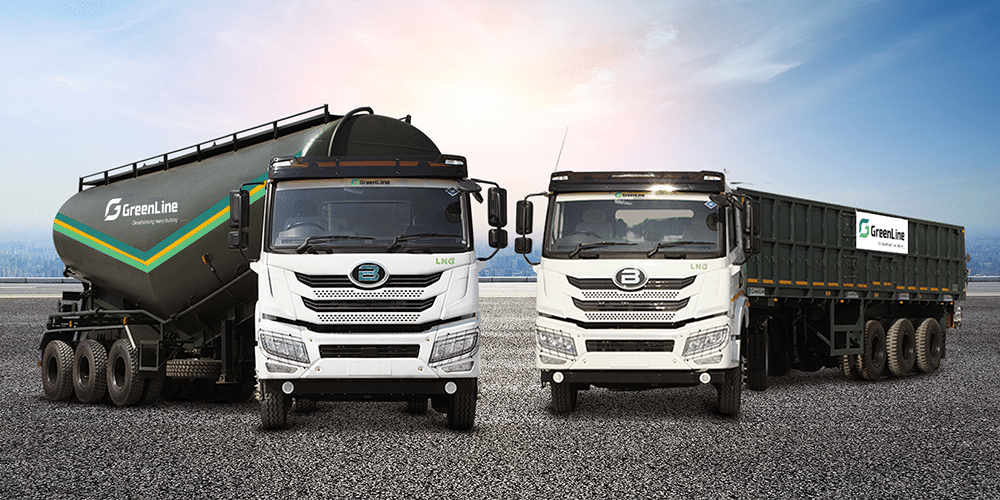The LNG Path to zero emissions
India will have to act now if it wants to drastically slash emissions from its road transport sector. The nation has set itself the target of reducing planet-warming greenhouse gas emissions to net-zero by 2070. While that may seem like a long way off, India needs to embark on its march towards net zero right away and the road transport sector will have to be a key area of its focus.

Road transport accounts for roughly 90 percent of the overall transport sector’s emissions. A major share of these polluting greenhouse gases is emitted by the diesel- powered fleet of trucks ceaselessly crisscrossing the vast length and breadth of the subcontinent.
In fact, long-haul road logistics contribute as much as 12 percent to the overall greenhouse gas emissions of India as a whole. However, since the sector forms the backbone of India’s intricate logistics network, there is no alternative but to keep the trucks running.
Switch to cleaner fuels
India is pushing ahead with electrification of its roads.Sales of electric vehicles (EVs) in the two-wheeler, three-wheeler, passenger car and light commercial vehicle spaceare gaining momentum.But despite their rapid evolution, EVs are still more ofa short-range, intra-city mobility solution. EV technologythat can power heavy trucks thousands of kilometres in asingle charge and batteries that can be recharged with theconvenience of ‘drop-in’ fuels are still some time away.
Time, however, is not a luxury that we have in our battle against climate change, which is why the long haul logistics sector must turn to alternative fuels. The good news is that there is no need to go back to the drawing board and dream up a brand new fuel or clean technology. A tried and tested alternative is already on the market — it’s called LNG (Liquefied Natural Gas).
LNG is a fossil fuel but it burns much cleaner than diesel and can significantly reduce emissions from heavy trucking. Trucks powered by LNG for instance will emit 28 percent less carbon dioxide, 70 percent less carbon monoxide and 100 percent less sulphur dioxide compared to diesel-powered peers.
What’s more, emissions of highly dangerous particulate matter, a key contributor to the smog that blankets north India during the winter, are 91 percent lower from an LNG-powered truck compared to a truck that runs on diesel.
In fact, the energy density-to-emissions ratio of LNG is the cleanest of all fuels used in the logistics space today. Several countries around the world have already made the transition from diesel to LNG for their road logistics sector as they chase climate goals of their own.
In China, for instance, the shift to LNG trucks has played a major role in helping the country clean up its air quality, so much so that, today, there are 6,50,000 LNG-powered heavy commercial vehicles plying its roads every day. Europe and the United States also appear to be convinced about LNG’s green credentials, although their fleet sizes of 48,000 and 25,000 trucks, respectively, are dwarfed by China.
The LNG situation in India is like a classic ‘chicken-and-egg’ problem
There is no demand from fleet owners for LNG trucksdue to lack of the refuelling infrastructure. Faced with alack of demand, manufacturers in turn are not makingthese trucks and because there aren’t any LNG trucks onthe roads, fuel providers have no incentive to invest inbuilding the capex-heavy LNG refuelling infrastructure.This lack of synchronisation between OEMs, fleetoperators and refuelling infra developers has created avicious cycle that has held back LNG automotive in India.
A few companies have identified this opportunity todevelop the LNG heavy trucking space by creating anintegrated ecosystem with OEMs and refuellinginfra companies to ensure delivery of cleanlogistics to industries.This initiative has found favourabletraction among key industrial housesas an answer to their search for cleanerroad logistics.
The government needs to step in with an enabling framework that offers incentives to the various stakeholders especially given the higher capex for vehicles and infrastructure.
A formal LNG Policy is long overdue for creating a fertile environment to increase the adoption of LNG powered long-haul heavy duty vehicles in India.










